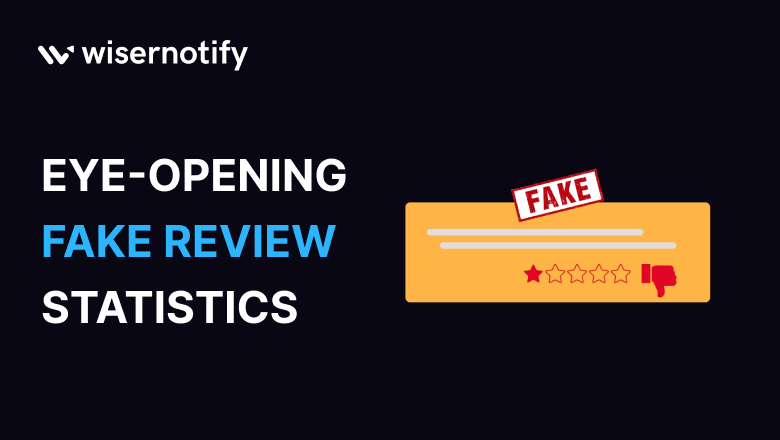Reviews are one of the fastest ways to build up an organisation’s reputation. However, faking those reviews is nothing but a slow poison to the integrity of your business.
Thus, getting to know about fake reviews statistics and trends is important to prevent consumers from being misled and maintain your organisation’s positive and organic image.
Therefore, this article is going to cover some fake reviews statistics in detail. So, stay tuned till the end!
Build trust & FOMO
Highlight real-time activities like reviews, sales & sign-ups.
Top Fake Reviews Statistics
- About 30% of online reviews are fake.
- Each extra star in ratings can increase a brand’s sales by 5-9%.
- Around 82% of people have read a fake online review in the past year.
- About 74% of people say they can’t always tell if a review is real or fake.
- On Amazon, about 43% of reviews on top products are fake.
- Yelp blocks about 25% of reviews because they seem fake.
- Fake reviews cost U.S. businesses nearly $152 billion every year.
- Around 16-50% of reviews are manipulated.
Must Read: 80+ Online Review Statistics (2019-2025 Collection)
Overview of Fake Online Reviews
As the name suggests, fake reviews are fabricated information about products or services that appear online.
Their purpose can be either to boost a brand’s reputation or harm a rival by manipulating consumer perception.
They aim at conning potential consumers and gain an upper hand in market competition.
Many reviews found online are fake, posing significant challenges for consumers trying to identify genuine feedback and for businesses striving to maintain trust and integrity.
Let’s have a look at some general fake reviews statistics:
1. About 30% of online reviews are fake.
Some surveys and studies have shown that up to 30% of online reviews may be fabricated. This percentage then differs according to the platform and industry.
The Federal Trade Commission quoted about 700 businesses for fabricated reviews and issued a fine for fake endorsement.
2. About 94% of consumers have refrained from brands with negative reviews.
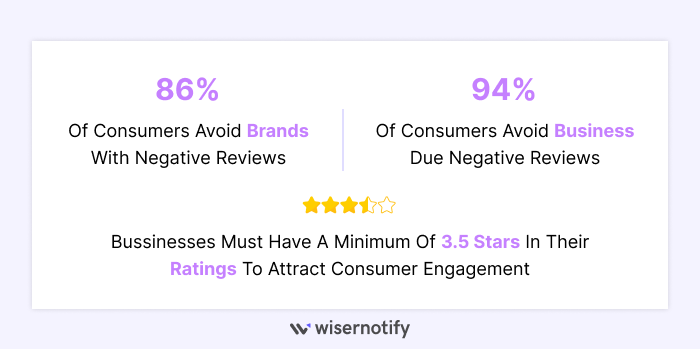
3. Around 16-50% of reviews are manipulated.
While 30% of online reviews are outright fake, a greater percentage are manipulated to suit the needs of the brand.
4. That includes e-commerce sites censoring their negative feedback (34% according to online shoppers) and highlighting the positive reviews only.
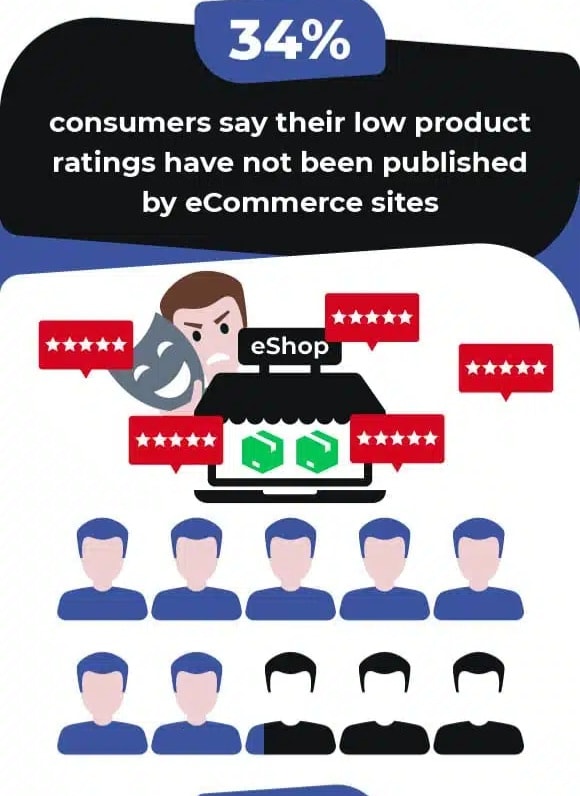
Industry-Specific Impacts of Fake Reviews
Fake reviews affect the integrity of the service industry, resulting in consumer trust problems, unfair competition, and reduced efficiency of business operations.
In order to keep a healthy business environment and enable consumers to make informed choices, it is necessary to address the impacts of fabricated reviews.
For example, given below are some statistics on the impact of false reviews on service-based businesses:
5. Fake online reviews cost U.S. businesses nearly $152 billion annually.
False reviews and ratings, on average, cost $152 billion annually due to damaged company reputations and, in turn, decreased revenue. They have to pay a hefty price for these fake reviews. That’s how common fake reviews are.
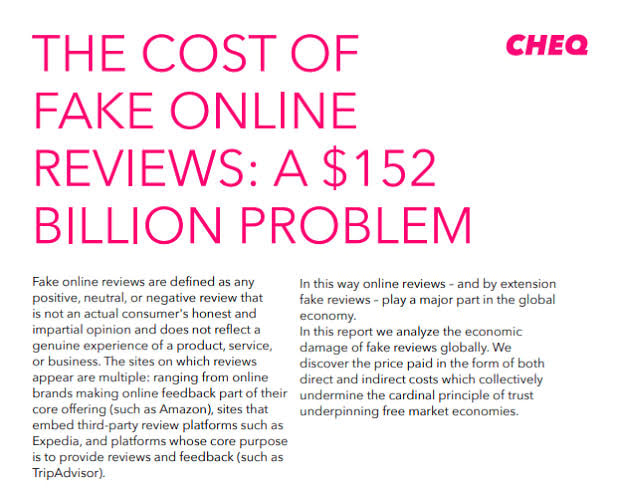
6. 54% of buyers won’t purchase a product if they think the consumer feedback is fake.
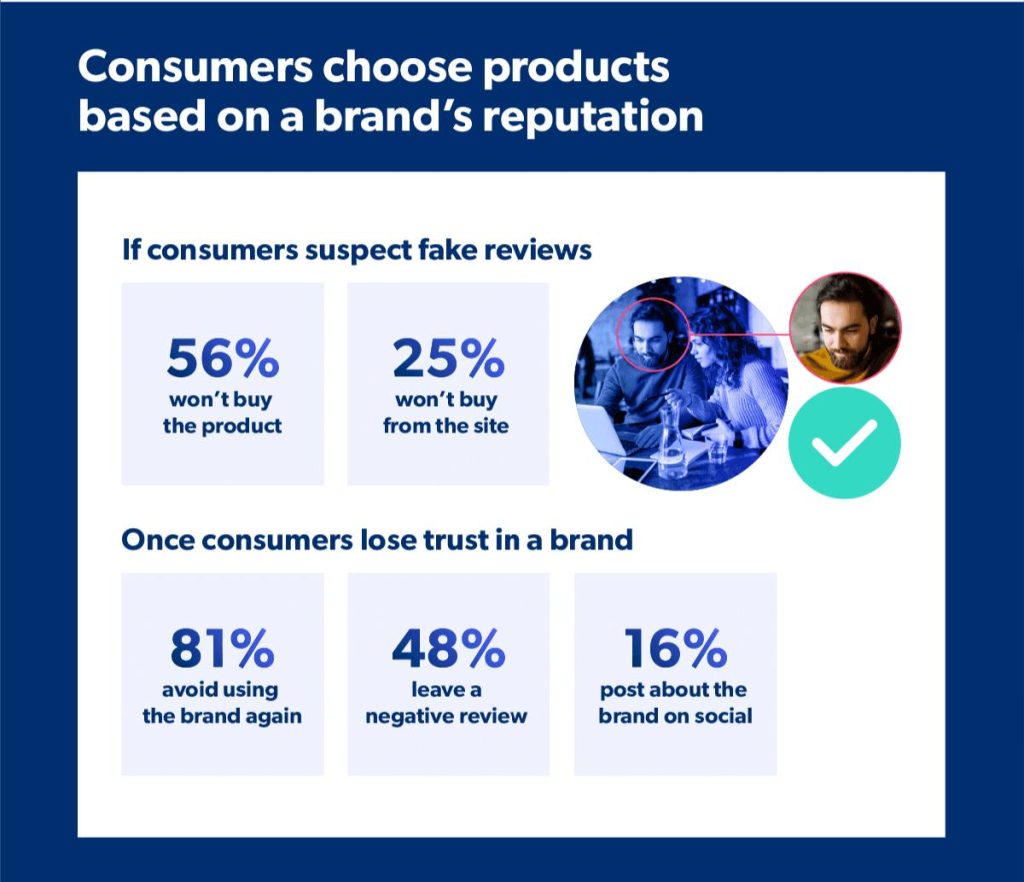
Fake positive feedback for hotels on sites like Tripadvisor can increase their favorability and ranking online.
7. 93% of travelers are swayed by these ratings and make decisions based on them before booking.
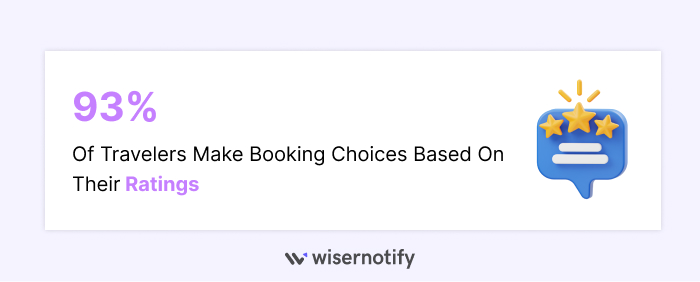
8. For each additional star in the customer ratings, revenue for local industries increases by 5-9%.
Customer ratings are important, and just 1 star increase can bring up the revenue of local businesses by a great percentage.
Build trust & FOMO
Highlight real-time activities like reviews, sales & sign-ups.
Platform-Specific Analysis of Fake Reviews
High fake online reviews statistics pose numerous problems for major platforms like Amazon, Yelp, and Google. They have implemented various strategies to deal with this problem.
Let’s have a more educated look into this:
9. Amazon has seen about 43% fake review rate of the 33.5 million reviews on the bestselling products that were examined last year.
Amazon has been combating fake reviewer feedback rates for years now. According to a Fakespot Study, approximately 43% of Amazon reviews are unreliable and fabricated.
To manage this issue, Amazon has automated systems that detect suspicious activities and verify the authenticity of reviews.
10. Yelp’s automated systems block about 25% of online reviews submitted by buyers suspected of being fake.
Fake reviews statistics suggest that Yelp has a 7.1% fake review rate. They have automated systems that flag and filter any suspicious consumer reviews. They have to pass by advanced software that checks them for reliability and authenticity.
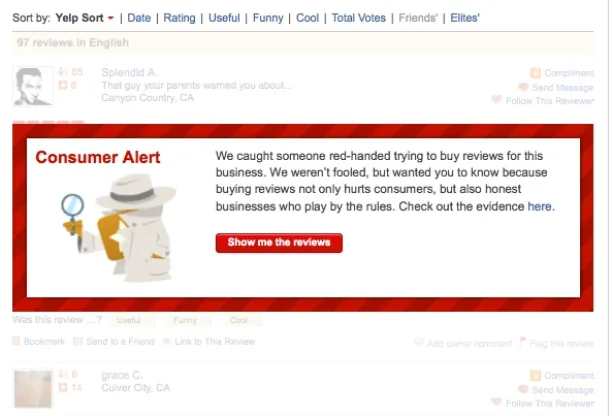
One of the major review platforms is Google, and it is often targeted by many consumers who write fake reviews.
11. Around 11% of google reviews are fake.
Google has employed methods such as user reports on fraudulent reviews and automated systems to filter suspicious reviews.
Real Cost of Fake Reviews and Online Reviews Impact to Customers and Businesses
Research shows fake reviews greatly influence customers’ buying choices, ultimately leading to poor decisions and cheating.
These fake reviews essentially dupe consumers, prompting them to make bad purchase decisions.
This advertently harms the companies that are reviewed but do not engage in such activities, and other businesses profit from this unfair practice.
The online reviews impact is significant, as it influences consumer decisions and business outcomes, often leading to suspicion of censorship or faked reviews when there are no negative scores.
Given below are some fake review statistics:
12. About 82% of consumers are said to have read a fake online review in the past year.
The credibility of e-commerce services is affected when fake reviews are detected on their online review platform, which turns away potential customers.
13. 44% of e-commerce sites face the issue of differentiating between a fake review and a verified customer review.
14. 62% of buyers have faced considerable quality differences between the product they received and what they ordered.
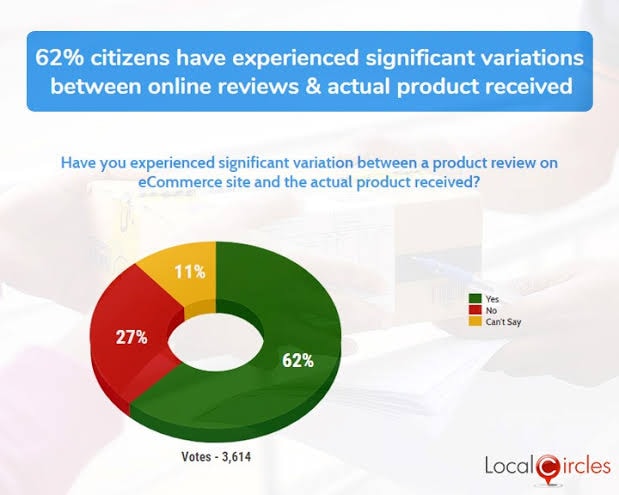
15. About 74% of consumers say that they can’t always tell if a review is genuine or fake.
Most consumers are less likely to indulge in a business if they suspect the feedback on the site is fake or manipulated, resulting in the loss of the business and the customer if that business’ website is genuine.
Build trust & FOMO
Highlight real-time activities like reviews, sales & sign-ups.
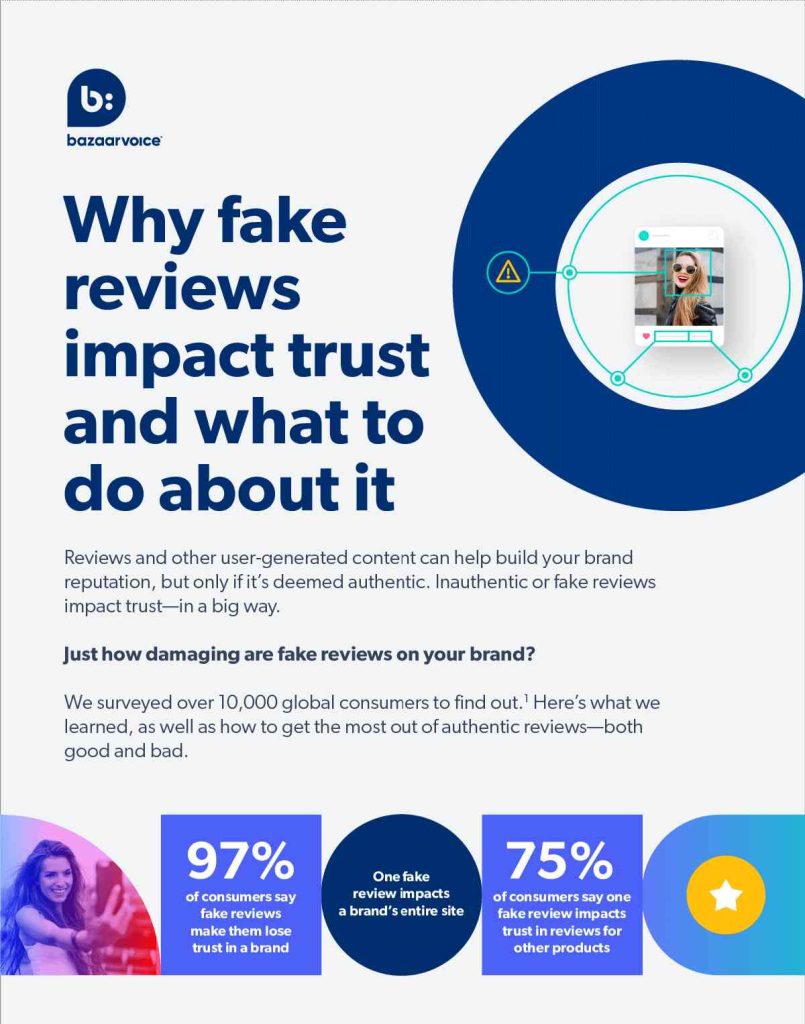
Combating Fake Reviews: Strategies and Tools
It has been established so far just how common are fake reviews. Therefore, identifying these false reviews has become imperative as more consumers rely on them to make purchasing decisions.
One such tool that has been introduced to the online review space is Fakespot.
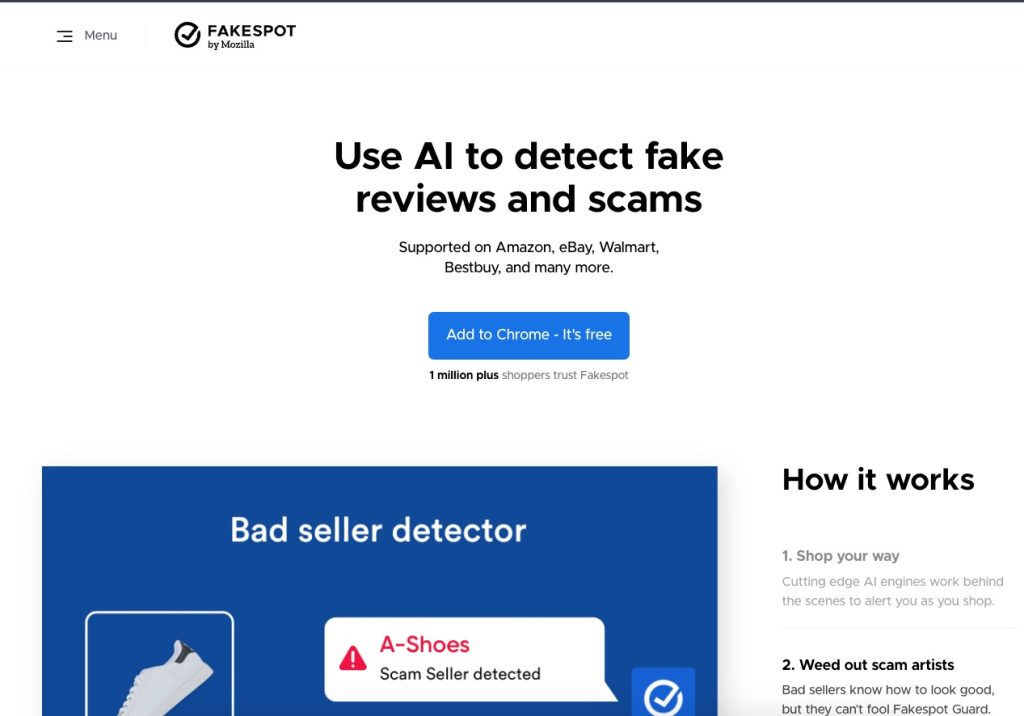
It analyzes a number of reviews to determine their authenticity.
It keeps a fake review watch by passing them through an extensive assessment like language usage and reviewer profiles and identifying the suspicious ones with an accuracy rate of over 90%.
Government bodies such as the UK’s Competition and Markets Authority (CMA) have taken steps to combat deceptive practices.
They have urged platforms to implement stricter controls and new rules to detect and remove false reviews efficiently to promote user generated content on their website.
Insights from former federal criminal investigator emphasize the importance of investigative techniques to uncover coordinated fake review campaigns.
Wrap Up
In a nutshell, the increase in fake 5 star reviews is a problem that many businesses face in today’s digital economy. With this knowledge, you, as a consumer, can begin to question reviews, while companies should promote transparency and new rules to combat fabricated customer opinions.
Sources
Wanna read more stats?
Here is:
25+ Top Popup Statistics (New 2025 DATA) – Wisernotify
40+ Top Social Proof Statistics & Trends (Latest 2025 DATA)
